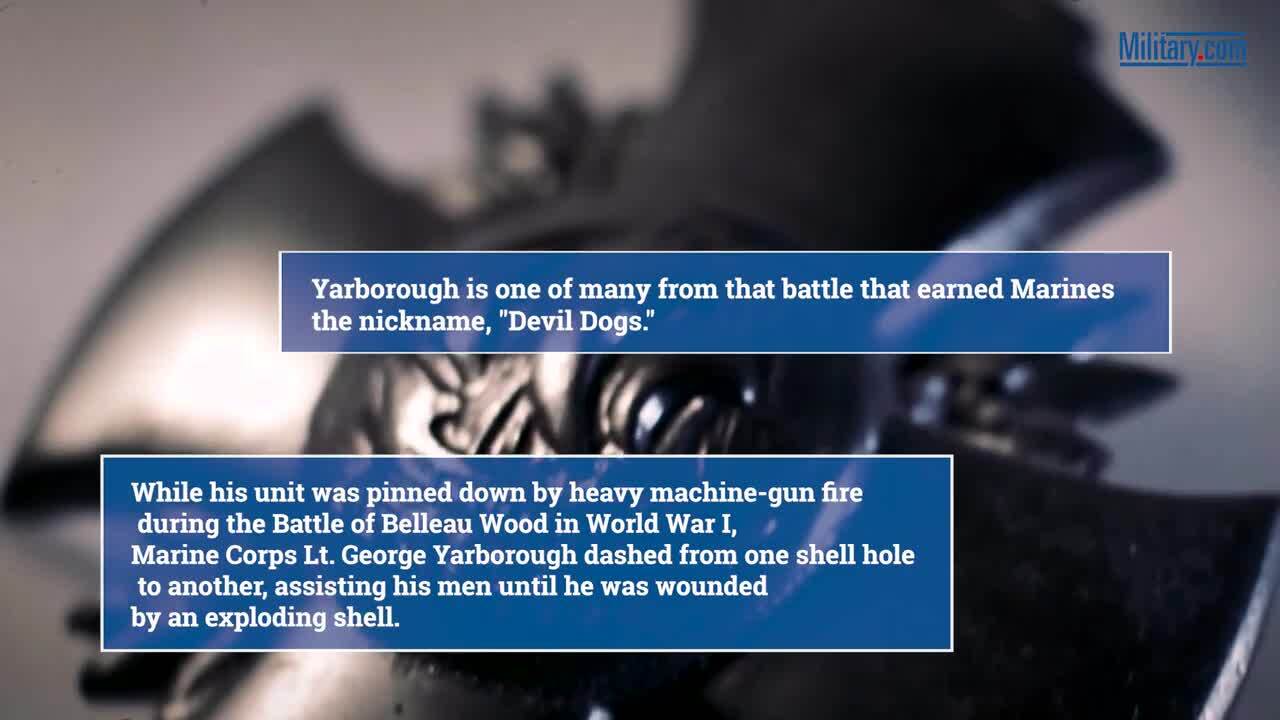As an Amazon associate, Military.com earns from qualifying purchases.
It's not hard to understand why so many Americans join the military during a time of crisis. By the end of December 1941, the U.S. military was 2.2 million strong after men joined by the thousands in the wake of the Japanese surprise attack on Pearl Harbor. After the Sept. 11, 2001, terror attacks, more than 250,000 enlisted in either active duty or reserve components. Those crises inspired a sense of duty in Americans while activating a deeply held national patriotism. Yet many Americans at the outset of the Civil War just didn't share that same kind of national sentiment.
In his latest book, "'Tis Not Our War: Avoiding Military Service in the Civil War North," author Paul Taylor describes the public view of the Civil War as the war progressed, the cultural mindset of Americans in the 1860s, and why, instead of enlisting, the vast majority chose to avoid fighting the war -- some even by deserting or dodging the draft entirely.

Taylor has written or edited eight books about specific areas of American life during the Civil War, covering everything from the politics of the day to the often-overlooked war in Florida. "'Tis Not Our War" discusses why some were willing to serve, but focuses on why the rest of white citizens between ages 18 and 45, were unwilling, either becoming totally apathetic or outright hostile toward the idea.
President Abraham Lincoln and his administration saw military service during a time of national emergency as a civic duty, but it was a view at odds with the traditional American sense of rugged individualism. Many citizens believed that a faraway federal government in Washington had no authority over how a citizen lived or died and strongly resisted Lincoln's attempts to compel them to fight the war for the Union.
Many American men did answer the president's call to arms, of course. After the Siege of Fort Sumter in April 1861, Lincoln called for 75,000 volunteers to serve in Union militias for three-month enlistments. By the end of 1861, the Union Army boasted more than 640,000 men in uniform. Taylor calls it the largest mobilization of American military power in history, estimating that 33%-40% of white, military-age men in the North volunteered to fight for the Union in 1861.On top of patriotism, they joined to preserve the Union and (eventually) end slavery in the United States.
It's a romantic notion, one that Taylor cuts through by reminding readers that preserving the Union and freeing those in bondage is an equally romantic memory of a bygone era. In truth, many joined the Union Army for the regular pay, because they were bored at home, or because they were drafted. The romance of fighting for the cause was, for many, an idea concocted in the stories they told years after they survived the war, Taylor argues.
Lincoln's call for volunteers was, of course, not enough, and Congress would enact legislation to address the Union Army's needs. The Militia Act of 1862 gave individual states the power to institute a draft when a state could not meet its quota for volunteers. In 1863, Congress passed the Enrollment Act, the United States' first-ever national conscription law, requiring every male citizen and immigrant who applied for citizenship between ages 20 and 45 to enroll to be drafted. Provisions of the law, such as the ability to procure a substitute draftee or to pay a fee to avoid the draft, led to rioting in the streets of New York City. It was wholly unpopular in the rest of the country, as well.

There were men who didn't serve because they were simply unfit or in poor health. Farmers were needed to grow food, and manufacturers needed to produce war materiel, both of which were every bit as important and patriotic as marching on the enemy, says Taylor. But the author also points out that others who did not fight were labeled "poltroons," cowards of the era, for shirking their duty when the country called. He also discusses why that just isn't the truth.
When the war began, many felt it would be a brief conflict, the South would be taught a lesson, and everyone would return home. There were men who felt that by the time they got to the front, the war would be over and their lives irreversibly disrupted. Men with families in 1861 had to support those families and didn't see a way that enlisting could help them do that. Those kinds of men included the then-president of a St. Louis streetcar company, William T. Sherman -- a man whose dedication could never be doubted.
Many who enlisted in the Union Army found themselves poorly provisioned, poorly dressed and using antiquated weapons. Camp diseases took its toll on the Union recruits early on. The federal government even struggled to pay its troops. If seeing the plight of these militias had the power to dispel romantic notions of the Union cause, it wouldn't have affected most northern college students and professors simply because they never saw it. The further the university was from the war's front lines, the less of an impact it seemed to have on their lives.
Parents refused to grant permission to sons, wives harried their husbands and schools instituted martial drill programs, all in an effort to keep their military-age men from going off to war. As time wore on, those who went off to war without the personal sense of duty or patriotism began an "epidemic" of desertion. By 1864, an average of more than 7,300 troops deserted every month. When those deserters returned home, their woeful stories of Army life hampered further recruiting efforts. Some 200,000 men left their units during the Civil War, and the threat of execution or being literally branded as a deserter had little bearing on their decisions.
!["The Death of Johnson - Fryday [sic] Dec. 13, 1861" by Alfred Wordsworth Thompson](http://images04.military.com/sites/default/files/styles/full/public/2024-08/1time%20civil%20war%20deserter%20shot%201200.jpg?itok=M8axrPBA)
With the exception of its current recruiting issues, the U.S. military today has no problem filling its ranks (and keeping them full), especially during a time of crisis. It's a reflection of America's post-World War II military ethos. Taylor's "'Tis Not Our War" is a fascinating look at the way everyday Americans saw their duty toward the country and its government, even at a time when its very existence was at stake. It's neither a celebration nor a shaming of those who didn't serve. Instead, it's an empathetic look at the country, its people and the cultural forces that shaped how a people really felt about fighting a war against themselves.
Want to Learn More About Military Life?
Whether you're thinking of joining the military, looking for post-military careers or keeping up with military life and benefits, Military.com has you covered. Subscribe to Military.com to have military news, updates and resources delivered directly to your inbox.

















